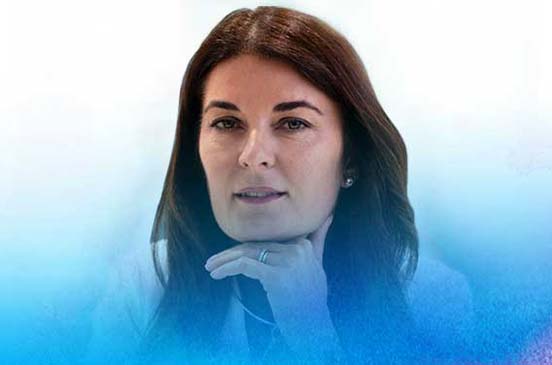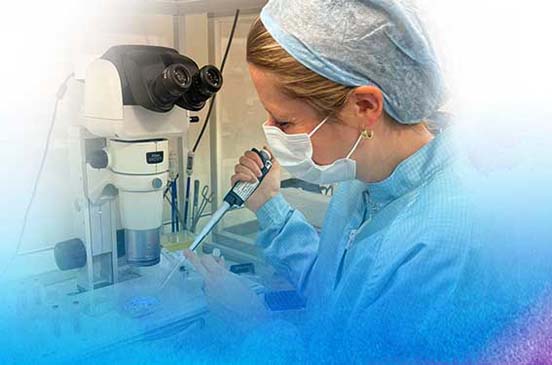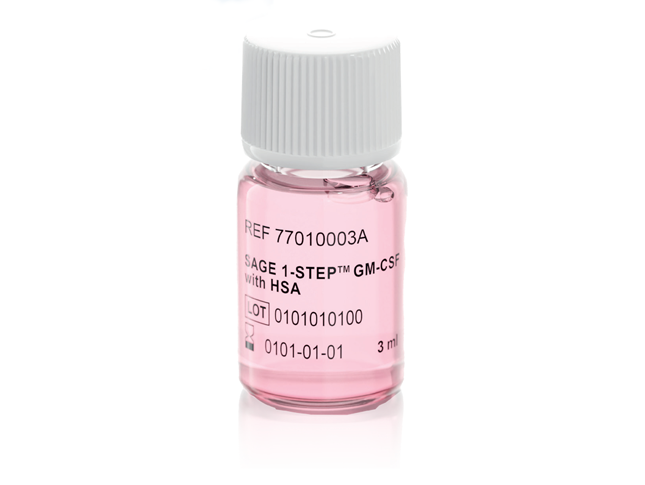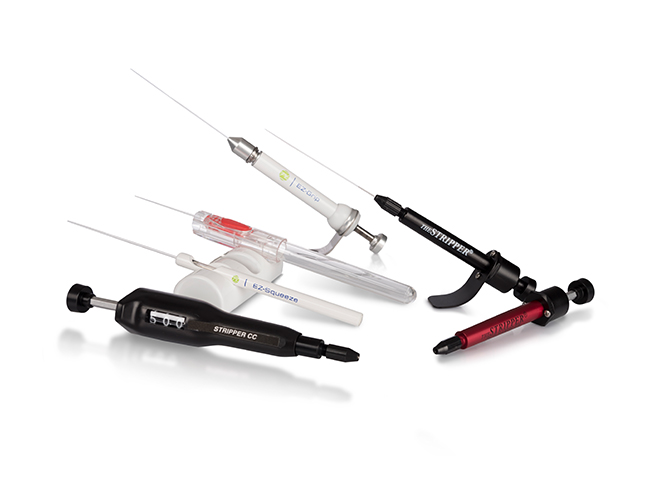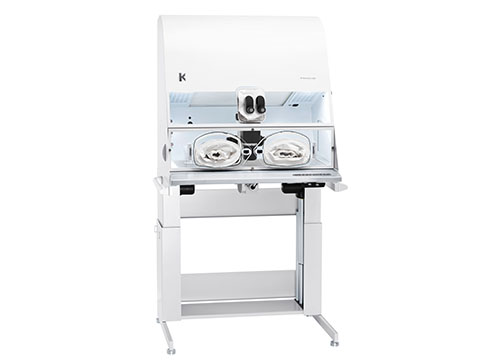Laura, an IVF patient, openly discusses the challenges she faced during the difficult times of her fertility journey.
She emphasizes the importance of self-advocacy and adapting plans, and addresses the often-overlooked decision about remaining embryos post-treatment. She also shares her positive experience with cryogenic storage through the Embryo OptionsSM digital billing and connectivity platform for both fertility patients and clinics.
Can you talk about the start of your IVF journey?
I got married in 2014, and in 2016 we decided: ‘Let’s have kids!’ At that point, I had just turned 30, but we quickly realized that we were probably going to need some help. Eventually I was diagnosed with anovulation, which meant my eggs (ova) didn’t release during my menstrual cycle.
Next, we found a fertility clinic and started IVF in September 2017. We were told, “you’re young. This will be easy.” But it was not easy for me. My doctor recommended a freeze-all cycle with preimplantation genetic testing because it enabled the best embryo transfer possible. This is important to mention because I think more doctors are recommending this option to help give patients an increased chance of a successful IVF outcome – a positive pregnancy.
I had a pretty successful first round in terms of numbers. I had five frozen embryos sent off for testing, and three came back normal. Then I went through the transfer process and had a miscarriage, which was mind-blowing to me because I thought that wouldn’t happen. But nothing is guaranteed. Unfortunately, that was the beginning of several recurrent miscarriages.
“I usually describe this process like you’re in a completely pitch-black room
and you don’t know where the door is. ”
How did you and your husband cope with these setbacks?
That’s the IVF journey…It’s a roller coaster. By April 2018, I was at my wit’s end and felt so defeated. I usually describe this process like you’re in a completely pitch-black room and you don’t know where the door is. When you finally find the door, you pull out those big janitor key rings and try every key. You could get it right on the first key; you could get it on the 100th key. It’s so frustrating because you have such a lack of control to some extent. You do, however, have control over how much you advocate for yourself during your fertility treatment, and how you take control of the different decisions to be made, which is eventually what we did.
With only one embryo left, we interviewed other doctors for additional options, changed our doctor and came up with a completely new game plan. And it worked. We did a new retrieval and transfer with two embryos, and one of them became my son, born in March of 2019. And shockingly, I got naturally pregnant in 2020. So now, we have two lovely boys.

“There is such continuity. I don’t have to check paper documents or the clinic’s database for notes: all are consolidated on this one site, and everybody associated with it – the clinic, the financial person, and the hospital billing person – can all see the same thing.”
IVF Lab Supervisor at Saint Luke’s ART lab – Leilani Castleman
And you have one frozen embryo in cryo storage?
Yes, I still have a single embryo in cryo storage. I think a lot of people, myself included, don’t think about the remaining frozen embryos during their treatments. It was probably addressed during the IVF process, but you might forget because you’re not thinking about ongoing storage; you’re just thinking about getting a baby.
Using cryo storage is how I became an Embryo OptionsSM user. It was a pretty simple enrollment. I received the automated email; I don’t think I was surprised by the bill. Maybe I thought, ‘Oh yeah, I forgot that I’m gonna need to pay for this.’ So, my initial reaction was excitement: not excited to pay the bill, but excited to be reminded I still had that one embryo and it’s safe.
The communication and instructions were so easy. You can log in immediately, put in your information, pay the bill, and then you’re done. Honestly, it is just that easy. I still receive emails and I haven’t had to update anything, but it seems simple to change your address or credit card information. The ongoing emails, I think, can not only help to remind people of their stored embryos but also open the dialogue around continuing their family, or their end of storage choices, in the privacy of their own homes.
“Joining a support group along with taking care of your mental health
needs to be a priority amidst everything.”
What surprised you the most on your journey?
I’m most shocked by how much my fertility declined through this journey. In the media, you hear about women over 40 getting pregnant, and, of course, many achieve this naturally. But I’m sure many have also used some type of assisted reproductive help, which is a beautiful thing and something we should talk about more. Without that conversation, we’re giving a false narrative to women who think they can easily get pregnant at an older age.
Another thing that surprised me was that you might need a new perspective, a new doctor, and a new game plan along the way. And that’s okay. Every patient’s fertility journey is unique. That’s why sharing our stories can make a big impact on others going through this process. Joining a support group, along with taking care of your mental health, needs to be a priority amidst everything. I ended up being a mentor in my support group after I had success. I want to help whomever I can in the fertility community with my story and what I’ve learned.



